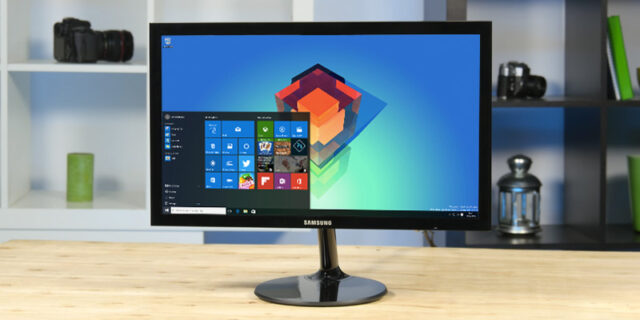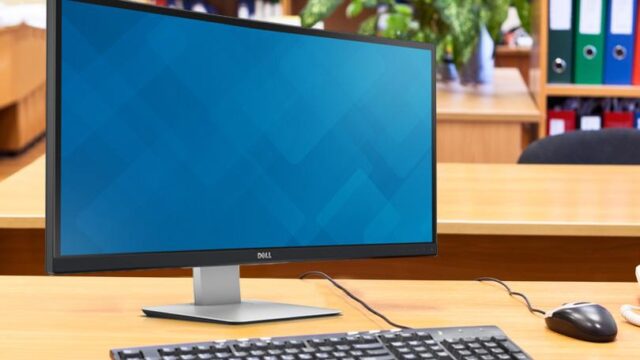
Liquid Crystal Displays, or LCD for short, were restricted to laptops and notebooks in the past, however, today, they are used for various devices like our desktop computers and smartphones. When compared with the traditional tube-based monitors (CRT – Cathode Ray Tube), the LCD screens have three greatest benefits. First, they will use up less space on your desks, they will consume less power, and they are 100% flicker-free. In this article, you will be able to learn about how to make the right choice when purchasing a new LCD monitor or display. Let’s take a look:
The monitors have a fixed resolution
One of the most important things to remember and know about LCD technology is that they have a fixed resolution. This resolution is called native or maximum resolution, or simply, resolution. You will need to configure your computer to that resolution or three things will happen:

- The image will not be sharp, but blurry. You will see a lot of square areas, without a clear definition.
- The monitor will centralize the image in a new resolution, which will reduce the image and insert a black “frame” around it. For example, if your LCD native resolution is 1280×960 and you change it to 800×600, this means that there will be 480 pixels left horizontally, and 360 pixels left vertically. The image will be at the center and there will be 240 black pixels about and below the image, as well as 180 black pixels in the sides, which is what makes the black frame.
- The monitor will stretch the image in order to avoid the black frame from appearing, hence, filling the whole screen. This is done via interpolation, which is not completely perfect, hence you will think that the image is better in quality, even though the elements of the display will be smaller. Generally, you will feel like the image is out of focus when the monitor is not in its maximum resolution.
Because of this, you will need to choose a display that will have a resolution that you are comfortable with. Keep in mind that a higher resolution is not always better. If the resolution is higher, you will have more space on the display, meaning more stuff will fit on it, but the letters and icons will be smaller. Hence, an average user with a display that has a higher resolution, might notice that it is not better, however, it will depend on the use of the display. If you only use your PC to browse the Internet, respond to and write emails, and use programs for writing documents, you will want a display that has a lower resolution. However, if you use it to run professional programs like image and video editing, then you will want a screen with a higher resolution and screen.

What happens when the screen breaks
Since the LCD monitors and displays are thin, hitting it hard, knocking it down, or throwing something at it will likely result in it breaking. There are several things that you can do, like try to repair it by yourself, take it to a professional to fix it, or you could opt for recycling it. If you choose to recycle it, it will not only be beneficial for you but for the environment as well. You can go here and learn more about it.
Conclusion
As you were able to read, these are some things that you should consider when it comes to buying an LCD screen. Hence, when looking for one, keep these tips in mind.









